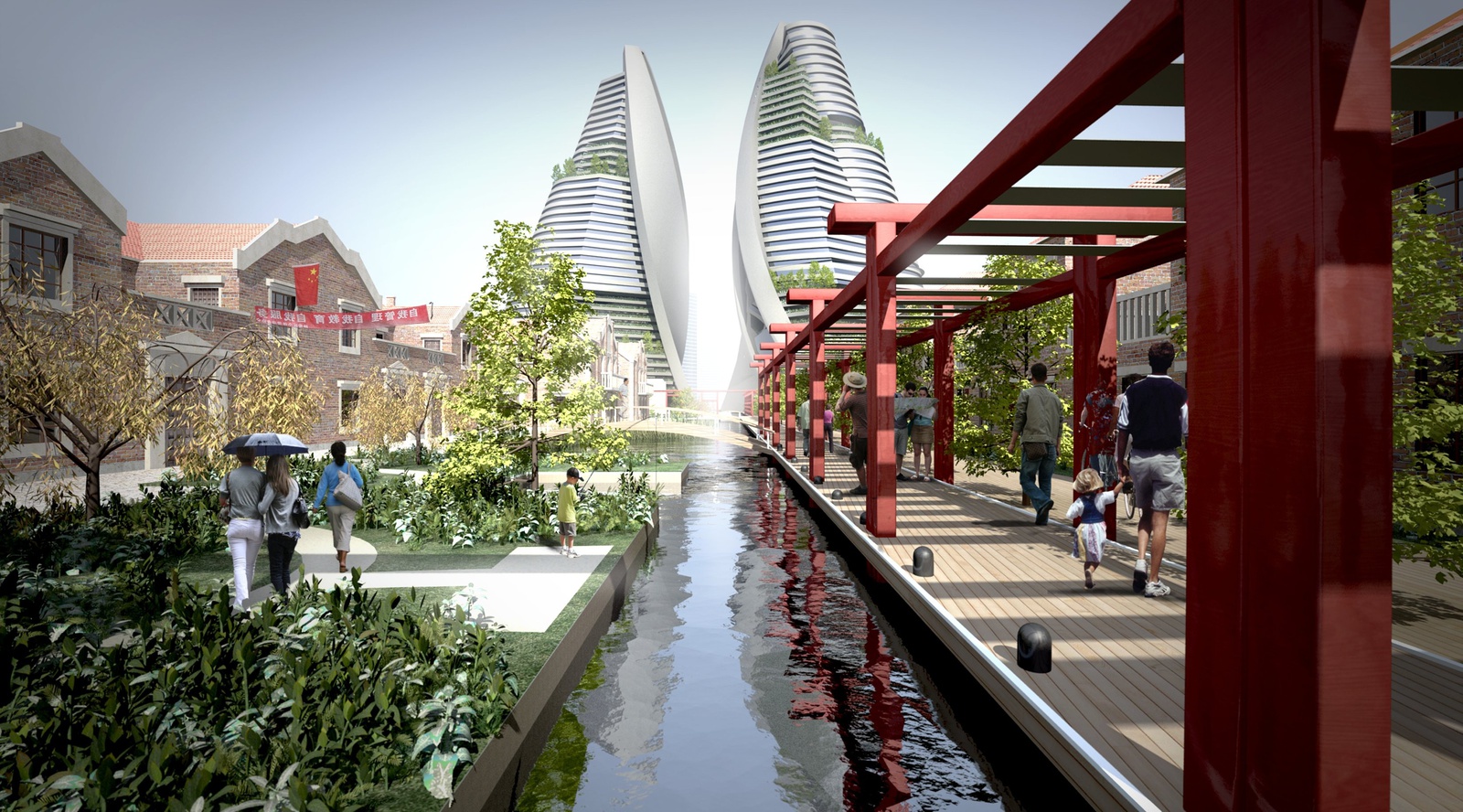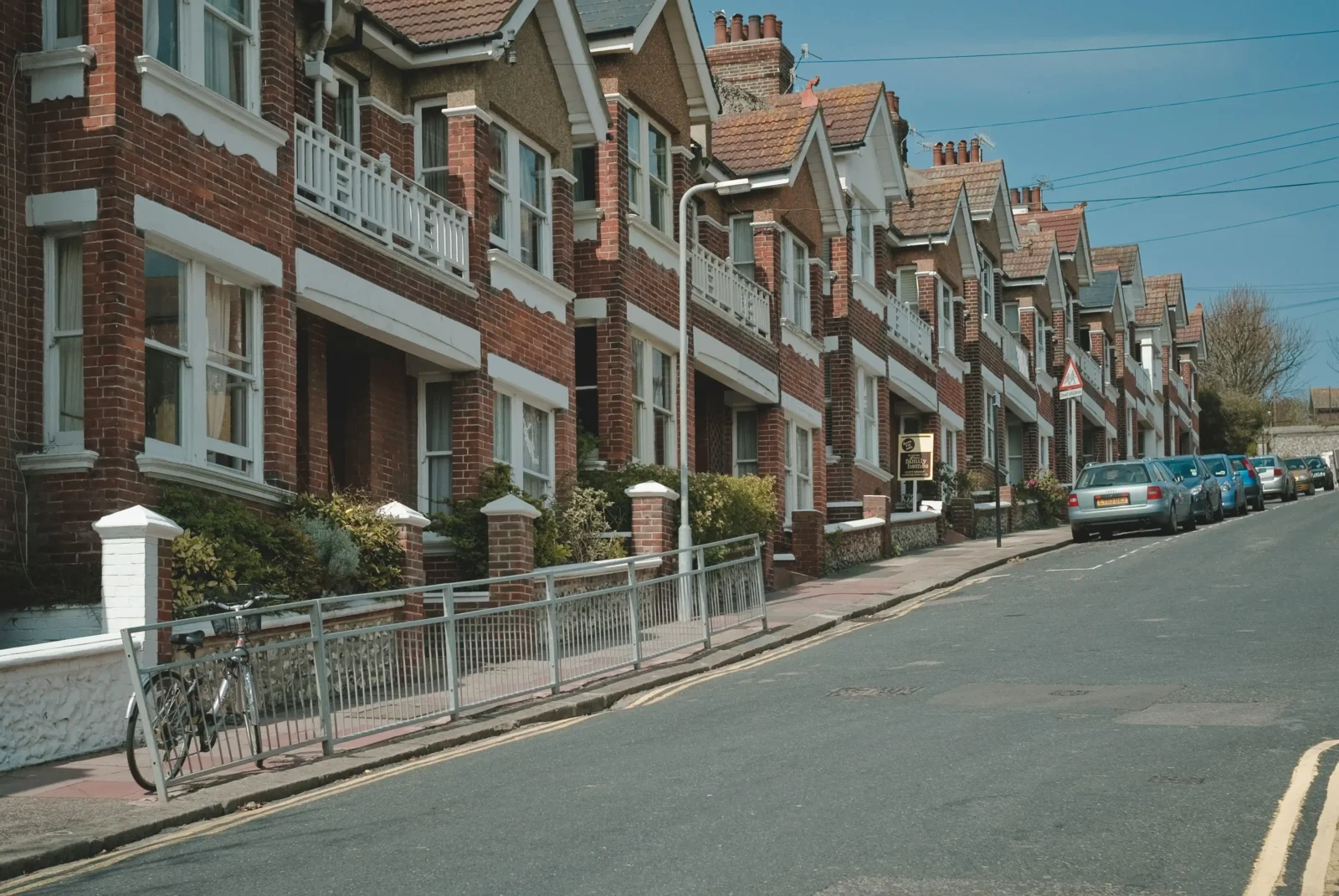- Home
- Articles
- Architectural Portfolio
- Architectral Presentation
- Inspirational Stories
- Architecture News
- Visualization
- BIM Industry
- Facade Design
- Parametric Design
- Career
- Landscape Architecture
- Construction
- Artificial Intelligence
- Sketching
- Design Softwares
- Diagrams
- Writing
- Architectural Tips
- Sustainability
- Courses
- Concept
- Technology
- History & Heritage
- Future of Architecture
- Guides & How-To
- Art & Culture
- Projects
- Interior Design
- Competitions
- Jobs
- Store
- Tools
- More
- Home
- Articles
- Architectural Portfolio
- Architectral Presentation
- Inspirational Stories
- Architecture News
- Visualization
- BIM Industry
- Facade Design
- Parametric Design
- Career
- Landscape Architecture
- Construction
- Artificial Intelligence
- Sketching
- Design Softwares
- Diagrams
- Writing
- Architectural Tips
- Sustainability
- Courses
- Concept
- Technology
- History & Heritage
- Future of Architecture
- Guides & How-To
- Art & Culture
- Projects
- Interior Design
- Competitions
- Jobs
- Store
- Tools
- More

Sustainable solutions for urban architecture are becoming increasingly important as cities grow and face the challenges of climate change. By incorporating these sustainable solutions into urban architecture, architects can help to reduce the environmental impact of urban areas and create more sustainable, livable cities.
As the world’s population continues to grow and more people move into urban areas, the need for sustainable solutions in architecture becomes increasingly important. Urban architecture has a significant impact on the environment and human well-being, and incorporating sustainable solutions can help to mitigate this impact.

The importance of sustainable solutions in urban architecture can be seen in the numerous benefits they provide. One of the most significant benefits is the reduction of environmental impact. Buildings are responsible for a large percentage of global greenhouse gas emissions, and sustainable solutions can help to reduce these emissions by decreasing energy consumption, water use, and waste production. This is particularly important in urban areas, where buildings are concentrated and their impact is amplified.
In addition to reducing environmental impact, sustainable solutions in urban architecture can also improve human well-being. Buildings that are designed with sustainable solutions in mind can provide better indoor air quality, natural lighting, and thermal comfort, which can have a positive impact on occupant health and productivity. Sustainable solutions can also create more livable and resilient cities by reducing the urban heat island effect, improving access to green spaces, and promoting sustainable transportation.

Furthermore, sustainable solutions in urban architecture can also have economic benefits. By reducing energy consumption and waste production, sustainable buildings can result in lower operating costs over the long term. Sustainable buildings can also increase property values and attract tenants who are increasingly aware of the environmental impact of the built environment. In this article, we will see some sustainable solutions of urban architectural spaces. Each of these solutions has the potential to contribute to a more sustainable built environment, and architects should carefully consider which solutions are most appropriate for each project.
Passive design
Passive design strategies aim to reduce energy consumption and improve indoor comfort through design elements such as building orientation, shading, and natural ventilation. Passive design refers to the design of buildings that use natural resources and energy flows to create comfortable living and working environments without relying on active heating, cooling, or ventilation systems. By taking advantage of natural resources such as sunlight, air flow, and thermal mass, passive design can significantly reduce the need for active heating, cooling, and ventilation systems. This, in turn, can reduce the amount of energy required to operate buildings and decrease their environmental impact.

Green roofs and walls
Green roofs and walls can help to reduce the urban heat island effect, provide insulation, and improve air quality.
Renewable energy systems
Renewable energy systems, such as solar panels and wind turbines, can be incorporated into urban buildings to generate clean energy.
Rainwater harvesting
Rainwater harvesting systems can be used to collect and store rainwater for irrigation and other non-potable uses.
Sustainable materials
Sustainable materials, such as bamboo, recycled steel, and reclaimed wood, can be used in construction to reduce the environmental impact of building materials.

Smart building technologies
Smart building technologies, such as energy-efficient lighting and HVAC systems, can be used to reduce energy consumption and improve indoor comfort. Overall, smart building technologies are an essential component of sustainable urban architecture. They can significantly reduce the environmental impact of buildings, improve occupant comfort and well-being, and create more resilient and sustainable urban environments. As urban populations continue to grow and face the challenges of climate change, it is essential that architects and building designers prioritize the integration of smart building technologies into their designs. From the perspective of sustainable urban architecture, smart building technologies play an important role in reducing the environmental impact of buildings, improving occupant comfort and well-being, and creating more resilient and sustainable urban environments.
Adaptive reuse
Adaptive reuse of existing buildings can help to reduce the environmental impact of new construction while preserving the character of the built environment.
Transit-oriented development
Transit-oriented development encourages the development of dense, mixed-use communities around public transportation, reducing the need for cars and promoting sustainable transportation.

Submit your architectural projects
Follow these steps for submission your project. Submission FormLatest Posts
Online 3D Terrain Mapping Tools for Urban and Landscape Design in 2025
A curated guide to the best online 3D terrain mapping tools in...
10 Interesting Facts About Zaha Hadid
Zaha Hadid was a visionary architect whose fluid forms, bold experimentation, and...
Common Emergency Repairs Every Homeowner Should Be Ready For
For most of us, when something goes wrong, we have a propensity...
Designing, Retrofitting, and Valuing Non-Standard Homes in Britain
Britain’s housing stock carries a quiet contradiction. From the street, many homes...












Leave a comment